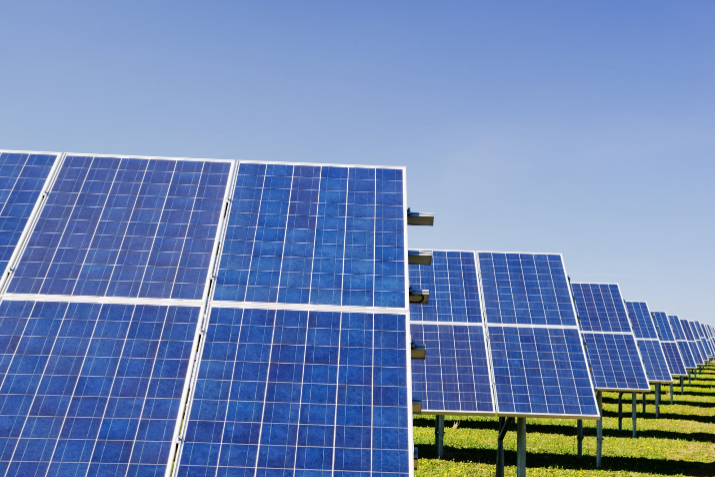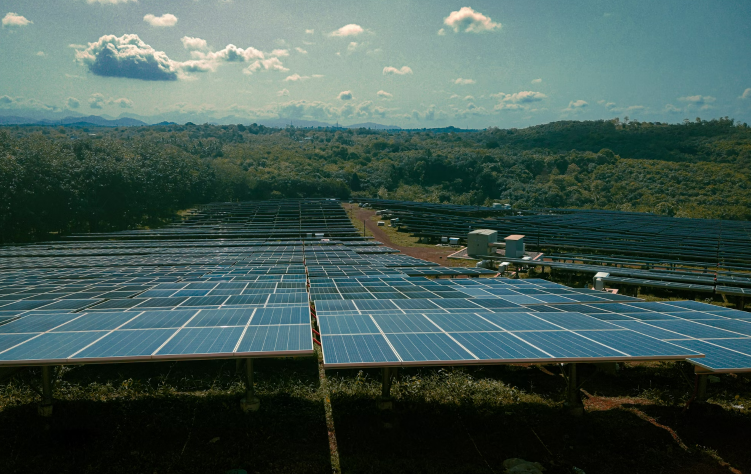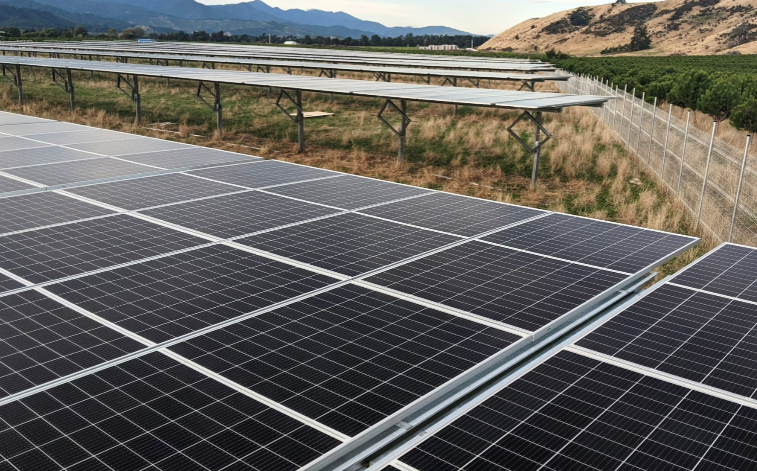With an investment of over 60 billion RMB, Chinese solar companies have undertaken major projects in the United States, four Southeast Asian nations, and the Middle East.

US Market
The demand for the US solar market is growing, and the high profit margin is highly attractive. Sinolink Securities predicts that the newly installed solar capacity in the USA will reach 45GW in 2024, with a YoY growth rate of up to 40%. According to the latest data released by InfoLink Consulting, the price of single crystal PERC modules and single crystal TOPCon modules with sizes of 182mm and 210mm in the US market still remain at $0.25/W (equivalent to RMB 1.80/W) and $0.30/W (equivalent to RMB 2.17/W), while the average price of modules in China is below RMB 1/W.
The Biden administration’s Inflation Reduction Act (IRA) offers subsidies to the PV manufacturing industry, which is beneficial for solar companies to establish factories in the US. So far, seven Chinese PV companies (including foreign subsidiaries) have invested in and commenced production capacity projects in the country.
Longi Solar signed a contract with American clean energy developer Invenergy to build a 5GW solar module plant in Ohio; JinkoSolar has added $50 million to expand its solar module factory located in Florida; Canadian Solar announced investment plans for solar cell and module factories located in Texas and Indiana, with a total investment of over 1 billion USD.
In 2023, the United States witnessed a record-breaking solar installation capacity, with a YoY increase of 51% to reach 32.4 GW.
But the United States has continuously added trade barriers in recent years, making it difficult for Chinese manufacturers to directly export solar cell products to the USA. In 2023, China’s exports of solar cells and modules to the USA amounted to 3.347 million USD and 13.147 million USD respectively, accounting for only 0.1% and 0.03% of total solar product exports.

Southeast Asian Market
The direct export of PV products from China to the USA has been hindered, so Chinese solar companies have turned to Southeast Asia. In 2023, the United States’ imports of solar modules from Southeast Asian countries amounted to $12.51 billion, accounting for 82.7% of the total imports. The supply of modules in the USA is highly dependent on Southeast Asia.
As of the end of 2023, Southeast Asia has a total of 59.8GW of solar cell production capacity and 90.6GW of solar module production capacity, accounting for 9% to 10% of the world’s total. Among them, the cell and module production capacity of Chinese companies in Southeast Asia exceeds 50GW, and the production capacity of silicon rods and wafers is about 26GW.
Since H2 of 2023, many Chinese solar companies have announced investments in projects in Southeast Asia. JA Solar has invested approximately 2.715 billion RMB to build a 5GW high-efficiency cell project in Vietnam; Trina Solar has established a joint venture with Indonesia’s National Electric Power Company to build a solar factory in Kendal Industrial Park, Central Java, Indonesia, mainly for the production of solar modules; Canadian Solar announced its plan to set up a solar silicon wafer production base with an annual capacity of 5GW in Chumphon Province, Thailand.
However, the US Department of Commerce initiated anti-dumping and countervailing investigations on crystalline silicon solar cells from Cambodia, Malaysia, Thailand, and Vietnam in May 2024, and imposed tariffs on solar cells imported from China. In June, the US International Trade Commission passed preliminary rulings on anti-dumping and countervailing investigations into solar products from the four Southeast Asian countries regarding damages. The plan of Chinese solar companies to export to the US market through four Southeast Asian countries has been hindered.

Middle East Market
In July 2024, several Chinese PV leading companies such as JinkoSolar, Sungrow, TCL Zhonghuan, and Drinda New Energy, announced large orders or joint investments in Saudi Arabia. Earlier, companies such as GCL Energy, Arctech, and Trina Solar also reached cooperation agreements with Middle Eastern countries and expressed their willingness to set up factories.
In May of this year, the China Photovoltaic Industry Association organized a group of domestic PV manufacturers to conduct inspections in the Middle East. Meanwhile, companies from Middle Eastern countries also visited leading solar companies in China.
The Middle East offers ample opportunities. Taking Saudi Arabia as an example, under the promotion of the Saudi Vision 2030, PV projects are expected to usher in a broad market space. Meanwhile, risks are also involved in opportunities. When going global, solar manufacturers should extensively cooperate with partners for mutual benefit and utilize international resources properly.


